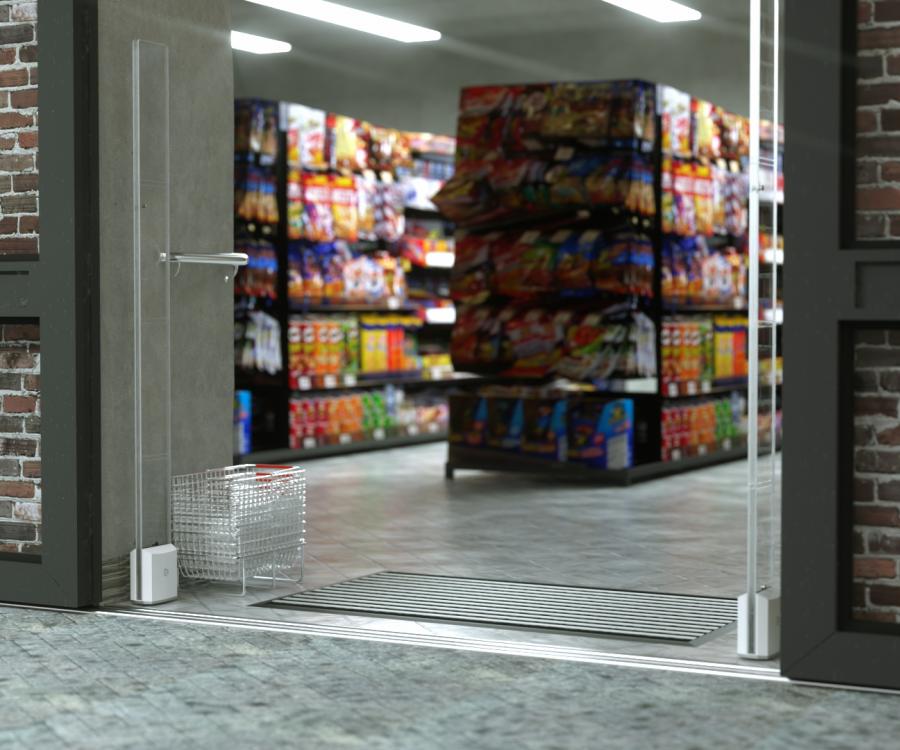Shrink, comprised of shoplifting, employee or supplier fraud and administrative errors, cost the global retail industry more than $128 billion last year, $42 billion in the US alone, according to the latest Global Retail Theft Barometer. This represents 1.29 percent of retail sales, on average.
Per household retail crime across the 24 countries surveyed ranged from $74 to $541. The annual cost of shrink to US shoppers, as passed on from retailers, averaged $403 per household.
The study, underwritten by an independent grant from Checkpoint Systems, Inc. (NYSE: CKP), was carried out in 2014 by The Smart Cube and Ernie Deyle, a retail loss prevention analyst. It was based upon in-depth phone and written survey interviews conducted in 24 countries among 222 retailers representing $744 billion in sales in 2013.
According to the study, shrink is down slightly in most countries. The lowest shrink rates were recorded in Norway (.83 percent of retail sales), followed by Japan. The US came in at 1.48 percent of retail sales, down slightly from 1.50 percent. The highest rates were recorded in Mexico (1.70 percent) and China (1.53 percent). The overall reduction in shrink was attributed to an increased focus on loss prevention methods and a slightly improved economic outlook, particularly in North America. In addition, there was increased loss prevention spending in countries with the best shrink improvements.
While shoplifting is the biggest cause of all retail shrink in 16 of the 24 countries surveyed, in the US, employee theft ranked first at 42.9 percent, with shoplifting next at 37.4 percent.
Cost of Retail Crime Up
Even as the US shrink rate lowered slightly, the cost of retail crime (employee theft, shoplifting, loss prevention spend) as a percentage of revenue, rose 27 percent, to 1.74 percent last year (from 1.37 percent in 2012). That increase is primarily attributed to a surge in shoplifting and dishonest employee theft incidences in the country, along with lower loss prevention spending by US retailers.
US discounters (2.78 percent), pharmacies/drugstores (2.16 percent) and supermarkets/grocery retailers (1.38 percent) witnessed the highest shrink rates because of the widespread prevalence of organized retail crime and lower loss prevention spending for some of them. Almost all types of retail stores in the US were affected by dishonest employee theft and shoplifting.
Most Stolen Merchandise
Shoplifters and dishonest employees in the US primarily targeted products that were easy to conceal and resell in the market, including fashion and mobile phone accessories. Other frequently pilfered products include power tools, wines and make-up products.
The use of source tagging RF labels prior to arriving at retailers has increased globally and continues to build momentum according to respondents, while 50 percent of US retailers plan to increase or maintain the number of source tagged SKUs.
According to The Smart Cube, “This report provides detailed descriptions of the sources of shrink and helps retailers understand the most cost-effective ways of addressing their problems. A number of best practices emerged from our research, including appropriate spending ranges to address the issue.”
“We are pleased to support this global statistical research for the thirteenth year,” said Per Levin, President and Chief Sales Officer Shrink Management & Merchandise Visibility Solutions, Checkpoint Systems. “Our hope is that retailers can learn more about the causes of shrink and work with their suppliers and solutions partners to create joint programs to reduce shrink and associated costs.”
Interested parties can obtain a copy of the latest Global Retail Theft Barometer report and see a video overview of the study at http://www.GlobalRetailTheftBarometer.com.
Source: Checkpoint Systems GmbH




